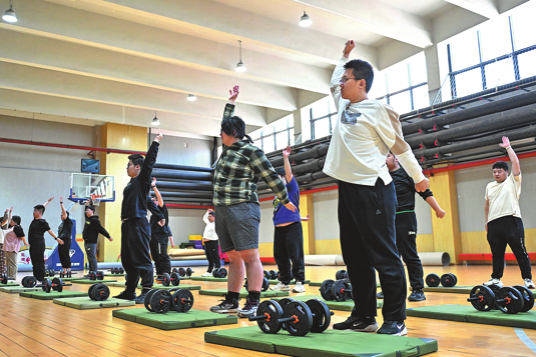High-end used goods woo younger generation


Price rises
Last month, Securities Times reported that numerous luxury brands, including Louis Vuitton, Chanel, Hermes, Celine, Dior and Gucci, had announced price rises at the start of this year. For example, Chanel raised the price of some of its products in January by 8 to 12 percent. Prices for some of its popular handbags have risen by 60 percent compared with 2019.
Shen Zhengqi, the founder of luxury watch service provider She Xiao Zhu, said: "Popular watches may need to be sold with other less sought after models. The pandemic has restricted global travel-accelerating domestic circulation. As a result, prices of secondhand watches have risen significantly, especially for classic and popular products."
For example, a secondhand Rolex Submariner Hulk cost 50,000 yuan in 2016, but the price this year is 180,000 yuan.
"The secondhand market ensures consumers get what they want, while the number of new products is limited and pricing is cost-effective," Zhu said.
"In addition, Chinese have been buying luxury goods since the 1990s. Due to strong upgrading for such products, there are now sufficient secondhand stocks in the market."
The Securities Times report also said that stocks of secondhand luxury goods in China have "not been developed". The current market penetration rate is only 1 to 2 percent, compared with 20 to 30 percent in developed countries.
"The fact is that the circulation of secondhand luxury goods in the market is only the tip of the iceberg ... proving that this market represents a good opportunity," Zhu said.
In addition to the booming high-end market for used goods, secondhand daily necessities, especially clothing, are gradually being accepted by more people, forming another important sector.
Lu Yaping, 29, founded Savvy Exchanger in Shanghai three years ago as a secondhand goods exchange platform.
According to Lu, her time in New Zealand taught her about secondhand culture, and she often visited markets for used goods, which she continued to do after returning to China. About half of her daily consumer goods are secondhand.
"What attracts me most about the secondhand market is that you can always find some unique items. For example, I buy many styles that were popular a decade ago," Lu said.
She added that Savvy Market, part of Savvy Exchanger, has developed into a secondhand market held once a month.
The market sells clothing, shoes, bags, other accessories, artwork and daily supplies. Each sales day sees turnover of 100,000 yuan to 200,000 yuan. More than 15 sales have been held to date.
"At first, there were only about five vendors at the market, but the number has grown to nearly 50, showing that people now have a higher acceptance of the secondhand trade," Lu said.
She added that most participants at the market are 19 to 30 years old, and some have experience from overseas.
"They are willing to accept and experience this mode of trading. They don't care whether these clothes have been worn by others," Lu said.
























